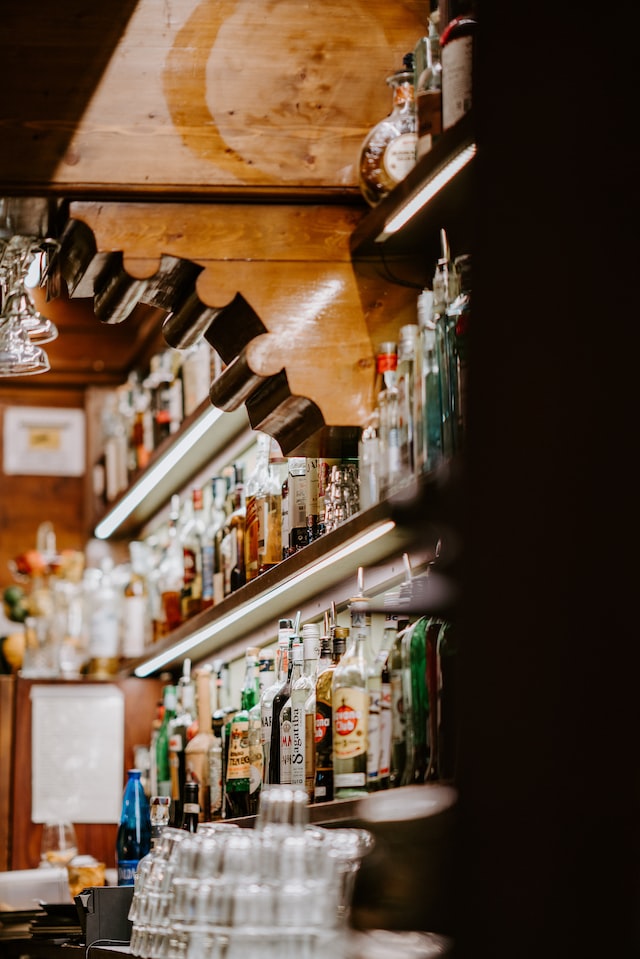
Sin taxes have become a popular policy tool to disincentivize the consumption of potentially harmful goods, improve public health, and raise revenue for government coffers. Alcohol excise taxes, for example, have been implemented in a variety of US states and EU countries. Yet, reliable research on their effectiveness has been scarce.
A major issue has been lack of good data. Surveys ask participants about the number of drinks they consume in a typical week—but not everyone answers truthfully and samples tend to be small. Alcohol prices are often collected on just a handful of beverages in a couple of stores. Even if we took these data at face value, any association between higher alcohol taxes and lower drinking rates may well be spurious, reflecting socio-economic differences between regions with high and low alcohol taxes rather than underlying behavior.
Our recent study overcomes some of these difficulties. We leverage a natural experiment in Illinois which raised its spirits excise tax by $4.05 per gallon (around $1.07 per 750ml bottle) in September 2009. Before the tax change, spirits prices in Illinois followed the same trajectory as those in other US states that kept their tax unchanged. Because the tax raise was unexpected and large, a comparison of changes in spirits prices and consumption in Illinois with changes in other states is particularly useful. For instance, if prices shot up in Illinois after the tax change but stayed flat in the other states, these price increases could plausibly be attributed to the tax increase. Supermarket scanner data on prices and sales of hundreds of spirits, wine, and beer products in thousands of stores across the US allow building representative measures of alcohol prices and sales.
The increased excise tax was more than passed onto consumers—prices rose by more than 1.5 times the tax increase on average. Retailers employed a tactic known as “pricing in the 9s.” The tax rise on a 750ml bottle of spirits amounted to $1.07. In order to keep prices ending on 99 cents, for example $22.99, many retailers increased prices by $2 (to $24.99), some increased by $1 (to $23.99) but none by exactly the tax. Put differently, the excess pass-through resulted from price hikes in $1 increments, many larger than the tax itself.
Spirits sales after the tax increase dipped in Illinois compared to comparable states, but only moderately. Compared to a tax-induced price increase of about 8.2%, spirits volume sales dropped by just about 3.5%. Taxes on wine and prices of wine increased at the same time. Beer sales, though, on which excise taxes barely changed, shot up at the same time as spirits sales dropped. Consumers substituted low-tax beer for high-tax spirits. Measured in pure ethanol these increased beer sales all but fully offset the reduction in alcohol intake due to lower spirits consumption.
Alcohol taxes result in higher prices, but many consumers are not very sensitive to price increases. This may be bad news from a public health perspective, but good news if the goal is to raise tax revenue. Substitution from high-tax alcohol categories to lower-tax categories may, however, undercut both goals. If tax design does not take consumer responses into account, we may see little improvement in the health of either consumers or of public finances.
© Markus Gehrsitz
Markus Gehrsitz is senior lecturer in economics at Strathclyde University and a Research Fellow of IZA.
Please note:
We recognize that IZA World of Labor articles may prompt discussion and possibly controversy. Opinion pieces, such as the one above, capture ideas and debates concisely, and anchor them with real-world examples. Opinions stated here do not necessarily reflect those of the IZA.